Three Sisters
Commonly known as Sisters, but properly named Three Sisters, these three volcanic peaks of the Cascade Range each exceeds 10,000 ft in elevation. They are the third, fourth and fifth highest peaks in Oregon and are located in the Three Sisters Wilderness, about 15 miles southwest of the town of Sisters, Oregon. The three peaks were originally named Faith, Hope and Charity by early settlers but the names didn’t stick.
According to Wikipedia:
North Sister, also known as “Faith,” is the oldest and most eroded of the three, with towering rock pinnacles and glaciers. It has not erupted since the late Pleistocene. It is the most dangerous climb of the Three Sisters, due to its level of erosion, and thus rockfall.
North Sister is a shield volcano consisting primarily of basaltic andesite and is estimated to have last erupted over 100,000 years ago and is considered extinct. The North Sister possesses more dikes than any similar Cascade peak. Many dikes were pushed aside by the intrusion of a 300 meter wide plug dome that now forms the mountain’s summits of Prouty Peak and the South Horn. The remainder of the peak is chiefly loose debris held in place by the dike system.
Middle Sister also known as “Hope,” is a stratovolcano consisting primarily of basalt but also has erupted andesite, dacite and rhyodacite. Last erupting approximately 50,000 years ago, it is considered extinct. The mountain’s form is that of a cone which has lost its east side to glaciation. The Hayden and Diller glaciers continue to cut into the east face. The large but retreating Collier Glacier descends along the north side of Middle Sister and cuts into North Sister’s west side.
Middle Sister is the smallest and most poorly studied. It is also the middle in age, but only somewhat older than South Sister, with the most recent flows dated to 14,000 years ago.
South Sister, also known as “Charity,” is the youngest and tallest volcano of the trio. Its eruptive products range from basaltic andesite to rhyolite and rhyodacite. It is a stratovolcano overlying an older shield structure, no more than 50,000 years old, which last erupted about 2000 years ago. The first such episode, termed the Rock Mesa eruptive cycle first spread tephra from flank vents from the south and southwest flanks, followed by a thick rhyolite lava flow. The second cycle, the Devils Hill eruptive cycle, was similar in result, but was caused by the intrusion of a dike of new siliic magma which erupted from about twenty vents on the southeast side, with a smaller line on the north side.
South Sister has an uneroded summit crater about 0.25 mi (0.4 km) in diameter, which holds a small crater lake known as Teardrop Pool, the highest lake in Oregon. South Sister supports two small glaciers, the Lewis and Clark glaciers, near the crater rim. The standard climbing route up the South Ridge of South Sister is a long, steep, non-technical hike that can be easily completed in a day by reasonably fit hikers. Popular starting points are the Green Lakes or Devil’s Lake trailheads.
About the Author (Author Profile)
Victor Panichkul is a journalist and writer by training; a cook, wine lover and photographer by passion; and a lover of the outdoors since moving to Oregon more than 10 years ago. He is a native of Bangkok, Thailand.
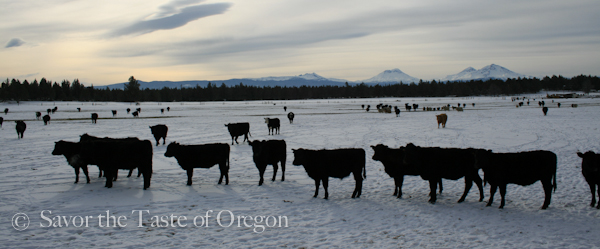





























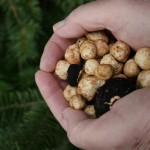



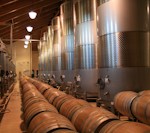


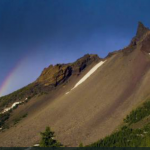


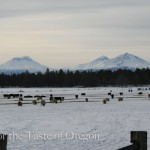






Comments (0)
Trackback URL | Comments RSS Feed
There are no comments yet. Why not be the first to speak your mind.